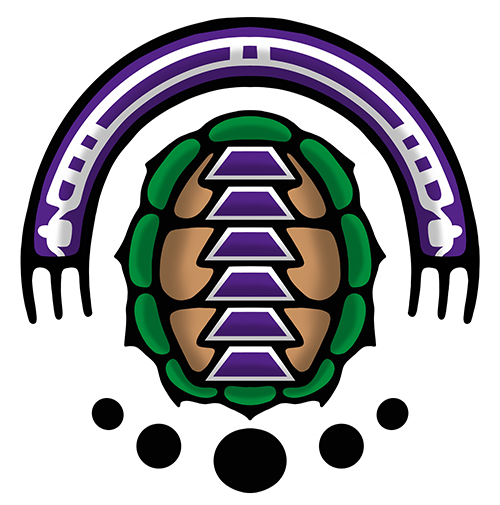Document Type
Presentation
Publication Date
2022
Abstract
The Truth and Reconciliation Commission (TRC) of Canada released its Calls to Action reportwhich features “Call to Action #88”, stating,
We call upon all levels of government to take action to ensure long-term Aboriginalathlete development and growth and continued support for the North AmericanIndigenous Games, including funding to host the games and for provincial and territorial team preparation and travel.
The Aboriginal Sports Circle (ASC), Provincial/Territorial Aboriginal Sports Bodies (P/TASBs),and the North American Indigenous Games (NAIG) are all key areas to enhance Indigenoussports participation, however, web information standards vary and it is unknown whether andhow this varying information support impacts Indigenous youth. The purpose was to evaluate thecurrent state of Indigenous sports bodies in Canada in answering the TRC’s Call to Action 88 byanswering, 1) How are Indigenous youth in Canada involved in navigating the long-term sportsparticipant pathway laid out by the ASC & Sport for Life? And 2) What is the current standard ofinformation made available to Indigenous youth by the P/TASBs? An environmental scan of 13P/TASBs websites according to the ASC directory, was conducted and which in some cases,included separate delegate representative team pages, and their social media pages.The research exemplifies two cases of how the long-term sports participation pathway differs foryouth from different P/TASBs, conflicting with long-term athlete development and growth, andthe current information disparity. Key findings include participant drop-off following the “Trainto Train '' stage of the Indigenous long-term sport pathway and lack of all-inclusive informationon P/TASBs web pages. In conclusion, the information available on P/TASBs web pages isinconsistent across the nation, creating a lack of information accessibility for Indigenous youthresiding in certain provinces/territories.



